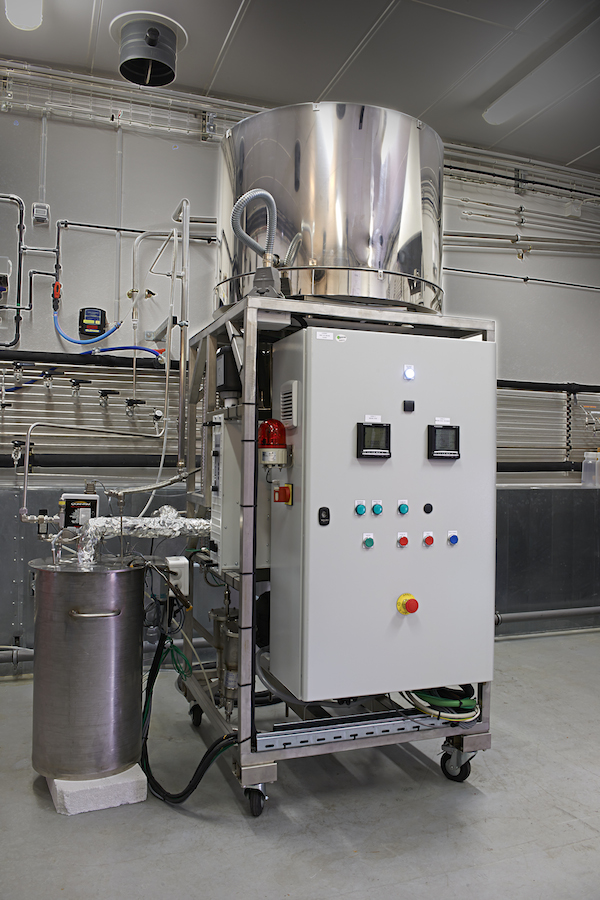
Researchers at the French agency for nuclear energy and alternative energy CEA (Commissariat à l’énergie atomic et aux énergies alternatives) have developed a new much efficient method of producing hydrogen gas from water.
This novel method significantly reduce necessary investment and operating costs compared to other methods used today. And it does so at a very high efficiency indeed, at 90 percent according to the researchers.
Does the Future of Fuel Spell Hydrogen?
Hydrogen is often referred to as a future clean fuel and source of energy, as it is both abundant and indeed clean, with no resulting CO2 emission when used as a fuel. It is most certainly an attractive notion as a future energy source.
And with much investments into hydrogen fuel cells today, the technology is praised by both car companies and government institutions alike as a viable alternative to using oil in the future.
The new method presented by CEA is to produce hydrogen by electrolysis using electricity. It is certainly not a new method per se but it is a method that makes for an immense source of available hydrogen, that is water and the vast oceans on this planet.
For a minimum impact on the environment, the researchers use electricity not generated from coal. But the trick here is to avoid using more energy in the process of producing hydrogen than what the hydrogen provides as a source of energy once available.
There are several different methods for water electrolysis. These mainly differ in terms of operating temperatures which affects the amount of electricity needed to split the water molecules.
CEA has developed a method for extracting hydrogen from water vapor at a temperature of only 150 degrees Celsius. With electricity consumption at 3,9 kWh/m3 of hydrogen (pressure at 1 bar and temperature 0 Celsius). Which makes for an efficient process indeed. According to CEA it operates at an efficiency of about 90 percent.
The prototype plant is only about the size of a refrigerator and can produce between 1 and 2.5 m3 of hydrogen per hour. It truly shows that it is possible to extract hydrogen at lower temperatures with a process that also implies maximum heat recovery.
Florence Lambert is a director at CEA and he states in a press release, “We are convinced that the energy carrier hydrogen will play a major role in the energy transition. These results across the system confirm that the high-temperature electrolysis is a credible alternative to produce economically viable hydrogen without using fossil resources.”
_______________
Production décarbonée d’hydrogène : un rendement de 90 % est atteint sur un système d’électrolyse du CEA
______________________________

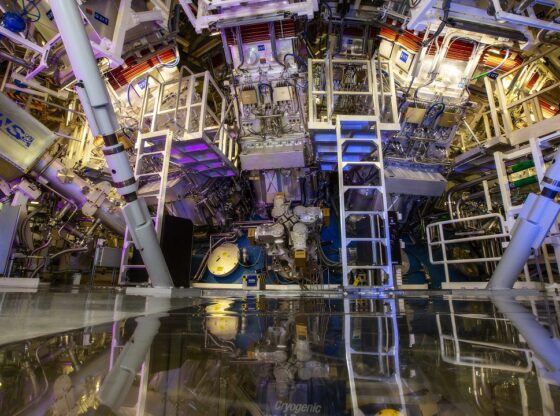
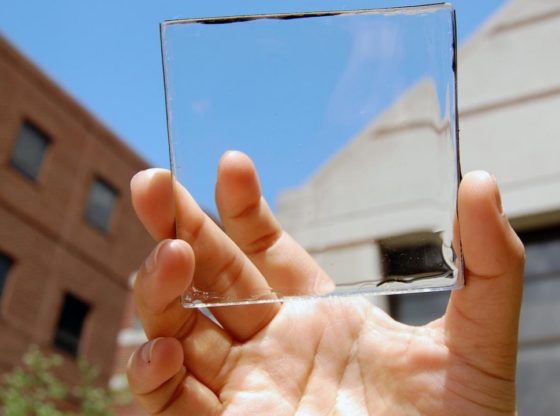
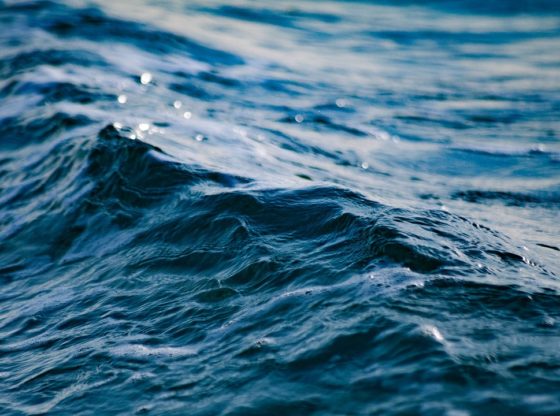
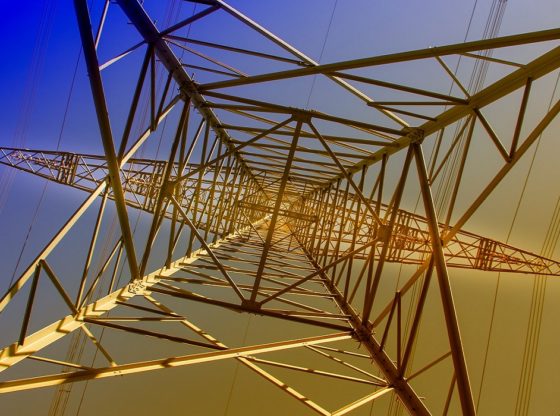
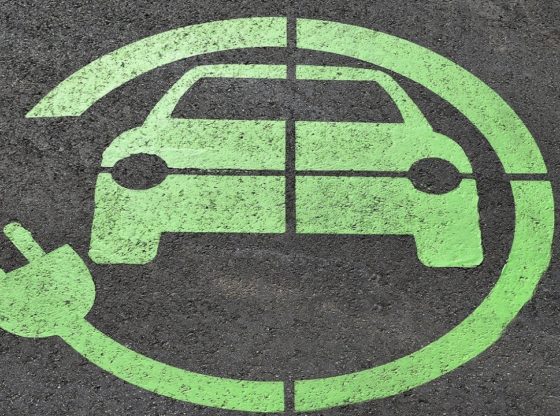

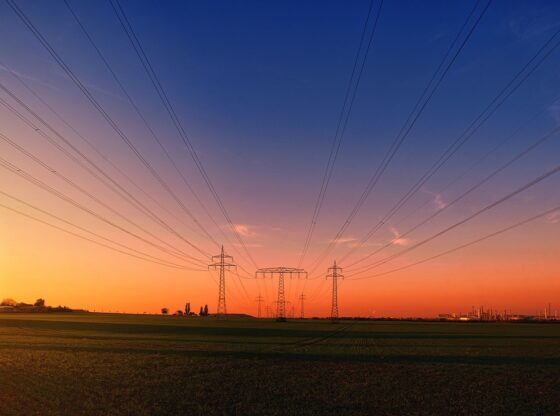
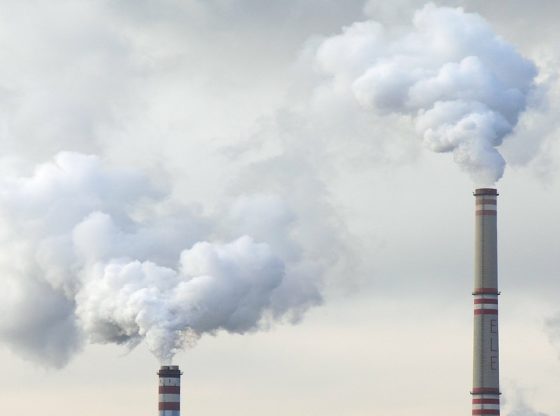

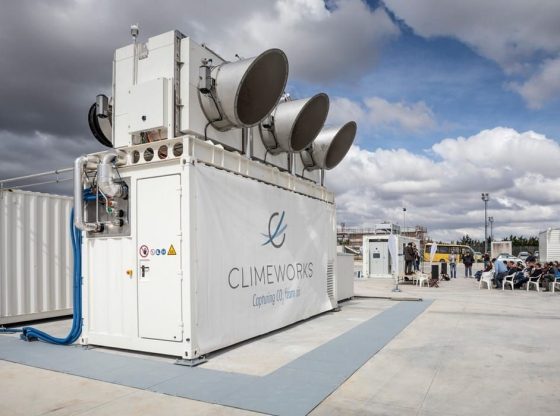
![OpenAI. (2025). ChatGPT [Large language model]. https://chatgpt.com](https://www.illustratedcuriosity.com/files/media/55136/b1b0b614-5b72-486c-901d-ff244549d67a-350x260.webp)
![OpenAI. (2025). ChatGPT [Large language model]. https://chatgpt.com](https://www.illustratedcuriosity.com/files/media/55124/79bc18fa-f616-4951-856f-cc724ad5d497-350x260.webp)
![OpenAI. (2025). ChatGPT [Large language model]. https://chatgpt.com](https://www.illustratedcuriosity.com/files/media/55099/2638a982-b4de-4913-8a1c-1479df352bf3-350x260.webp)








